Keep Your Newport Gear Running Smooth Season After Season
Owning and operating Newport electric motors and inflatable boats makes every day on the water better—whether you’re fishing, exploring, or just cruising open water. To keep your gear in top shape, it’s important to follow a simple maintenance routine.
This guide breaks down the essential steps for maintaining your electric motors, batteries, and inflatable boats—covering everything from monthly care to off-season storage.
Monthly Electric Motor Maintenance

Inspect and Service Your Propeller and Shaft
Why: A clean, damage-free propeller ensures smooth performance and prevents costly repairs.
How:
-
Remove the propeller and inspect for fishing line, weeds, or other debris.
-
Look for cracks, dings, or bends in your prop—replace the prop if damaged.
-
Apply a light coat of marine grease to the prop shaft.
-
Check the prop alignment pin to ensure it’s straight and secure; replace if needed. This will cut out any unwanted vibration while operating.
- Inspect and replace old or damaged gaskets or washers.
Need replacement parts? Visit our Parts Store
Apply Anticorrosive/Lubricant to Metal Parts
Why: Corrosion prevention extends the lifespan of your motor and keeps moving parts working freely.
How:
-
Spray exposed metal components with a marine-grade anticorrosive or dielectric grease to keep moisture from reaching the metal and causing oxidation or corrosion.
-
Lubricate moving parts, per manufacturer recommendations, using a planet safe lubricant like.
-
Actuate parts to spread lubricant evenly across joints and hinges.

Every 3 Months
Clean Electrical Terminals and Apply Anti-Corrosive Spray

Why: Corroded terminals can lead to inefficient delivery of power, or even motor failure.
How:
-
Disconnect and clean terminals with a fine wire brush and electrical cleaner.
-
Spray with an anti-corrosive or apply a small amount of dielectric grease before reconnecting.
Test and Lubricate the Throttle and Moving Components

Why: Regular use and lubrication prevent stiffness and ensure smooth throttle response, especially if this is done before it sits for a winter.
How:
-
Lubricate, then test throttle and tilt movement for retained smooth operation.
-
Use a bio-based or plastic-safe lubricant for seals, o-rings, and joints. CRC dielectric grease is safe and approved for use.
Service Transom Clamp Threads

Why: Keeps the clamps from sticking or seizing, making installation easy every time.
How:
-
Brush away dirt or salt buildup from clamp threads. Even brush with a fine wire brush to remove any potential salt build-up or rust, which can lead to pitting or thread damage over time if not treated.
-
Apply a thin layer of marine lubricant (wheel bearing grease works great) and turn the clamps fully to distribute grease evenly.
Battery Maintenance Tips for Year-Round Performance

Your battery system powers every moment on the water. Proper care ensures consistent power delivery, longer life, and safe storage during the off-season.
During the Boating Season
-
Inspect connections monthly for corrosion or damaged wires/wire casing.
-
Keep terminals clean and dry, using dielectric grease to prevent oxidation and rust.
-
Avoid deep discharges, and storing in a discharged state - especially with AGM and SLA batteries, which can lose capacity permanently.
-
Monitor voltage regularly and recharge before dropping below manufacturer-recommended levels.
Battery Maintenance Tips for Winter Storage
LiFePO₄ (Lithium Iron Phosphate) Batteries
-
Storage Charge: 50–80%
-
Temperature Range: 32°F–80°F (0°C–27°C)
-
Cold Weather Warning: Do not charge below 32°F (0°C); it can cause permanent damage.
AGM (Absorbed Glass Mat) Batteries
-
Storage Charge: Fully charged before storing.
-
Recharge Every 2–3 Months to prevent sulfating - a process known to cause unwanted build up inside the batteries and permanently damaging batteries.
-
Ideal Temperature: 40°F–80°F (4°C–27°C)
-
Performs well in mild cold, but avoid deep discharges in freezing temps.
SLA (Sealed Lead Acid) Batteries
-
Storage Charge: Fully charge before storage.
-
Check Voltage Every 60–90 Days and recharge if it drops below 12.4V.
-
Temperature Range: 50°F–77°F (10°C–25°C) for best lifespan.
-
Store indoors, dry, and off the ground to prevent temperature swings.
Pro Battery Storage Tips
-
Disconnect from all motors and electronics when not in use.
-
Use a smart charger designed for your specific battery chemistry.
-
Store in a cool, dry, and ventilated area away from sunlight and moisture.
Inflatable Boat Care and Storage

Proper maintenance of your inflatable boat ensures years of dependable use and prevents damage from UV rays, salt, and cold weather.
After Each Use
-
Rinse Thoroughly: Remove salt, sand, and debris with fresh water.
-
Use a PVC or Hypalon Cleaner: Avoid harsh soaps or solvents that can damage the surface.
-
Inspect Air Valves: Make sure valves are tight, clean, and sealing properly.
Every 3 Months
-
Apply UV Protectant or Vinyl Conditioner: Keeps the surface supple and prevents cracking.
-
Inspect for Leaks: Use soapy water on seams and valves to check for bubbles.
-
Lubricate Air Valves: Apply silicone-based lubricant to o-rings for airtight seals.
Off-Season Storage Tips
-
Deflation: Partially deflate to relieve pressure but maintain some shape if stored flat.
-
If Folding: Ensure the boat is 100% dry, dust lightly with talc powder, and fold gently (avoid sharp creases).
-
Storage Temperature: Keep above 40°F (4°C)—PVC and vinyl can crack if frozen.
-
Storage Position: Best stored flat and lightly inflated in a dry, temperature-controlled area.
Keep Your Adventures Going Strong
Regular maintenance of your Newport electric motors, batteries, and inflatable boats ensures worry-free days on the water and fewer surprises when it’s time to hit the water. A few minutes of care each month protects your investment, extends the lifespan of your gear, and keeps every trip powered flawlessly.

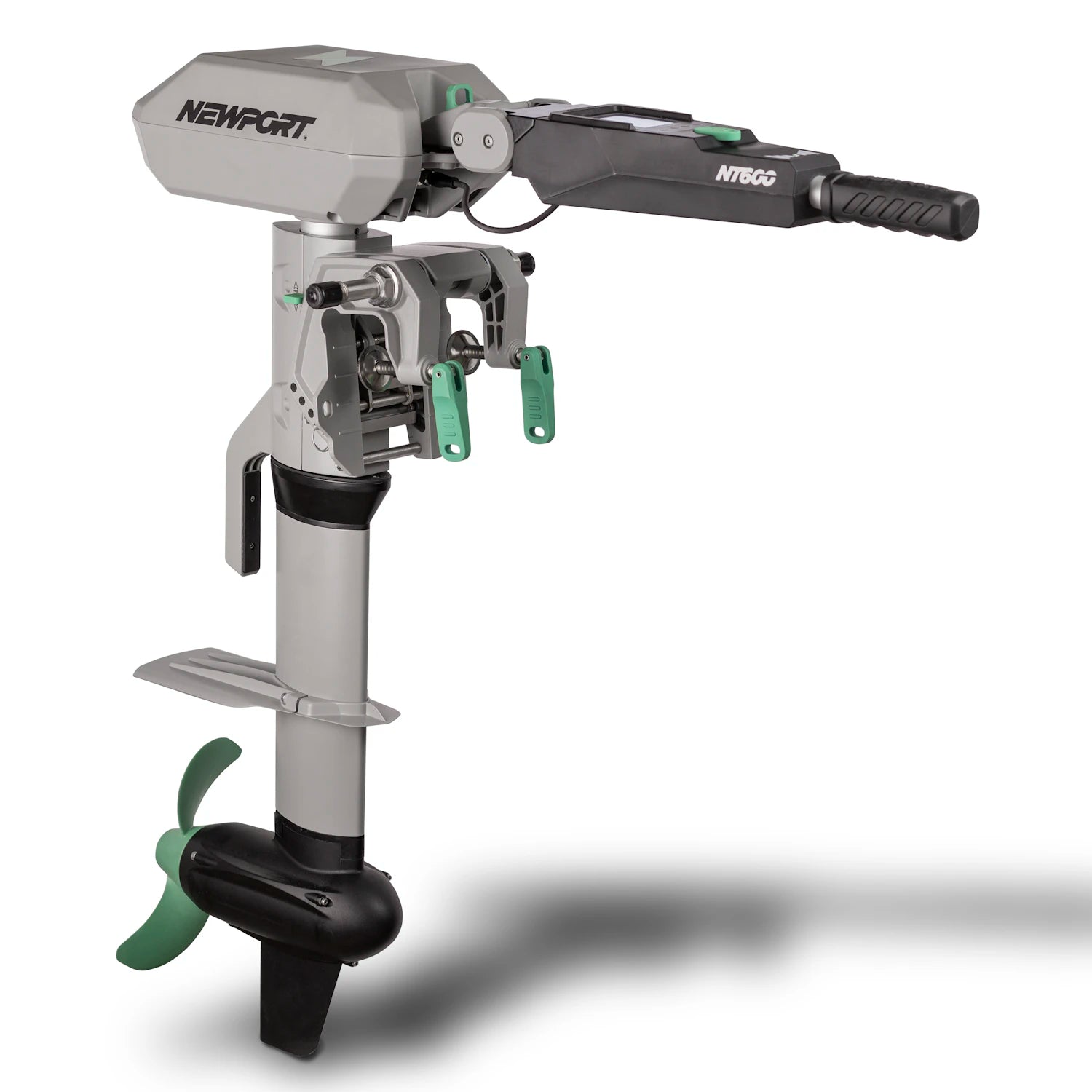
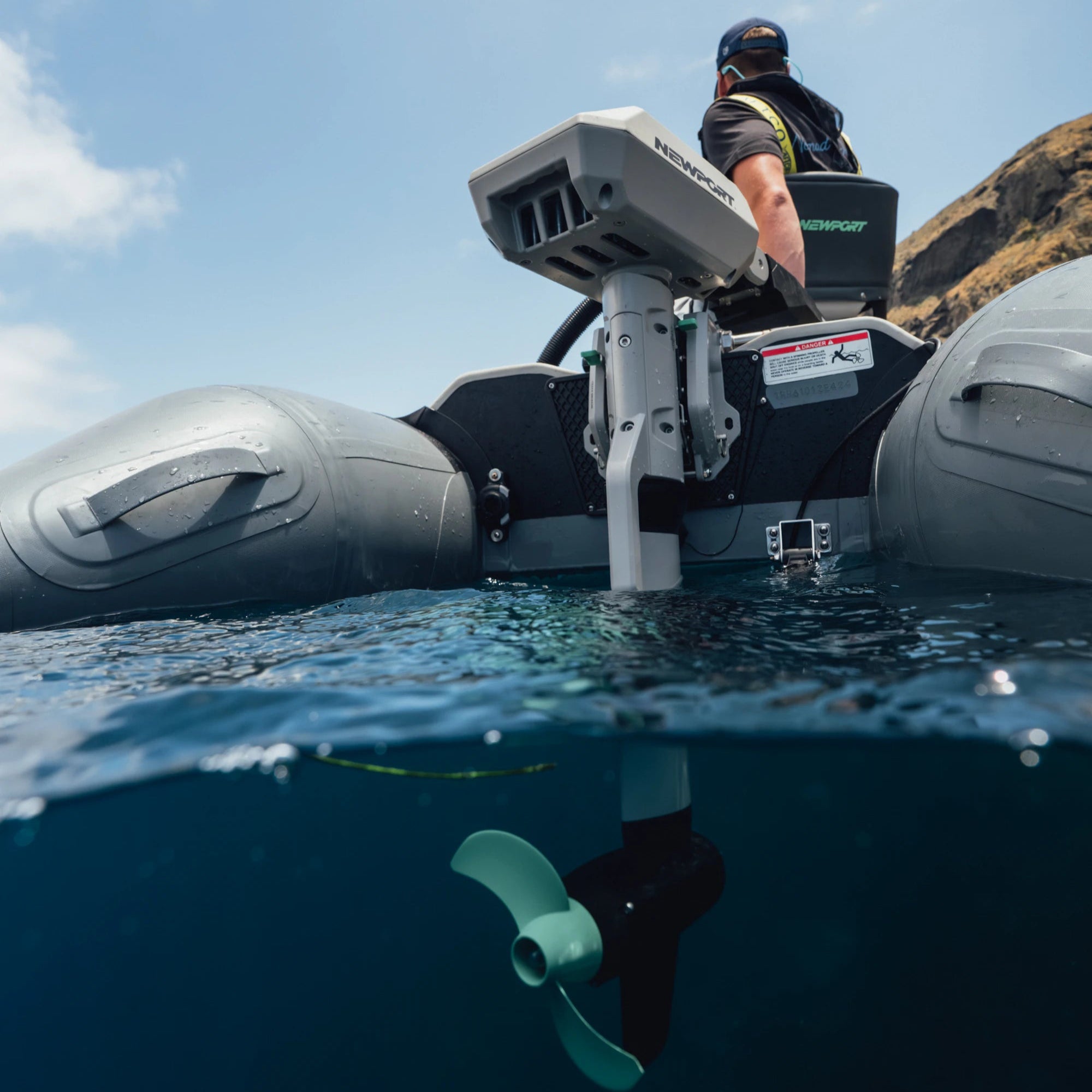
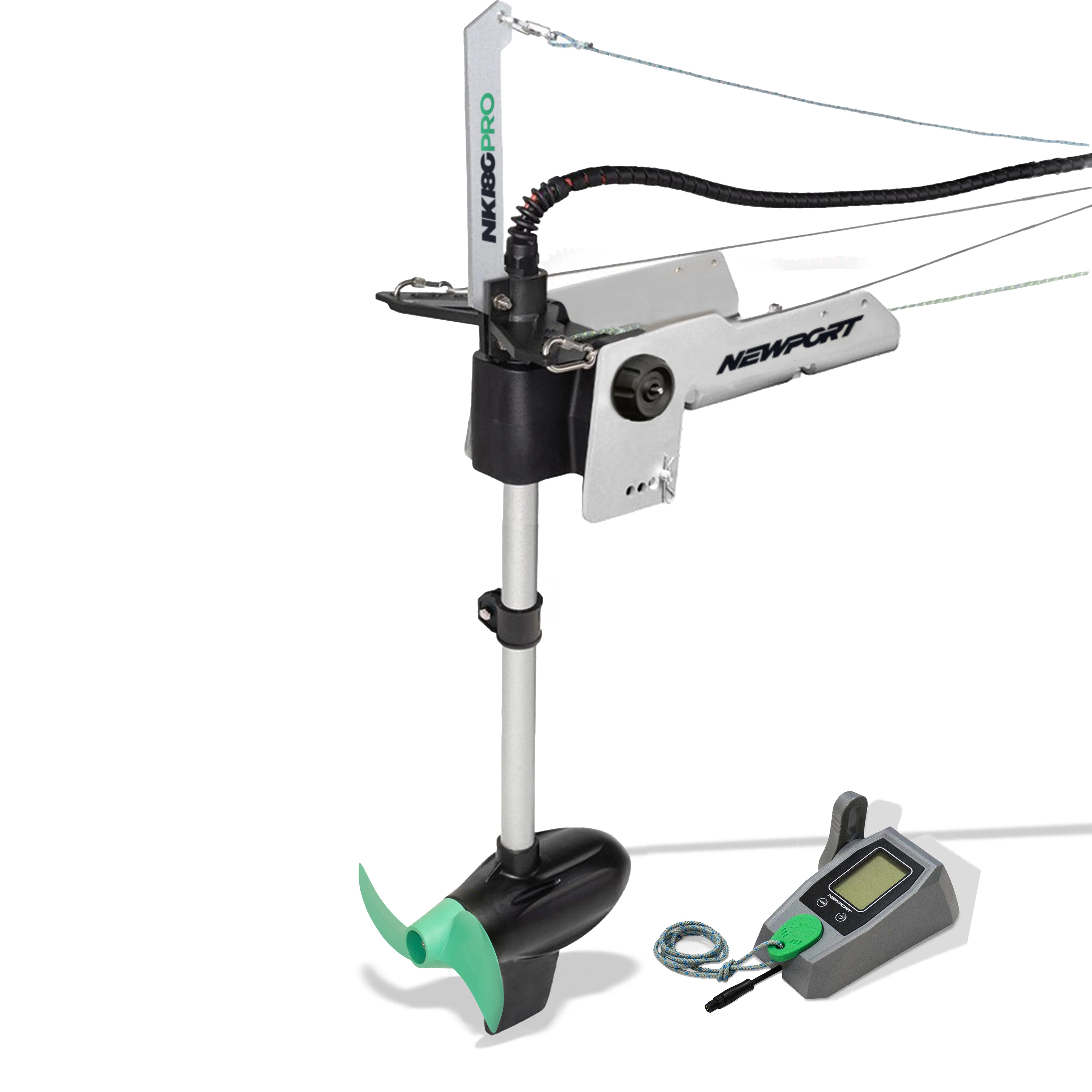
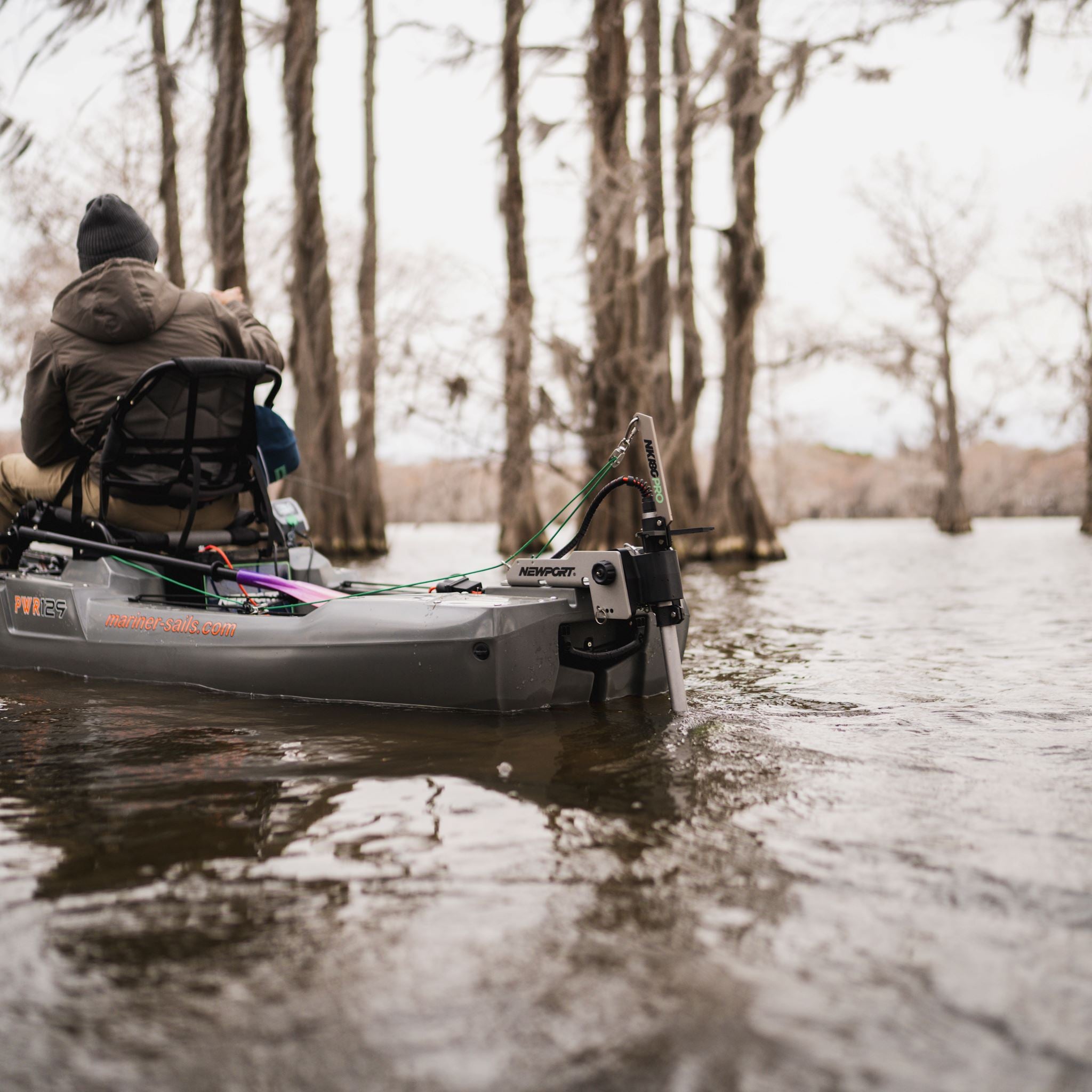
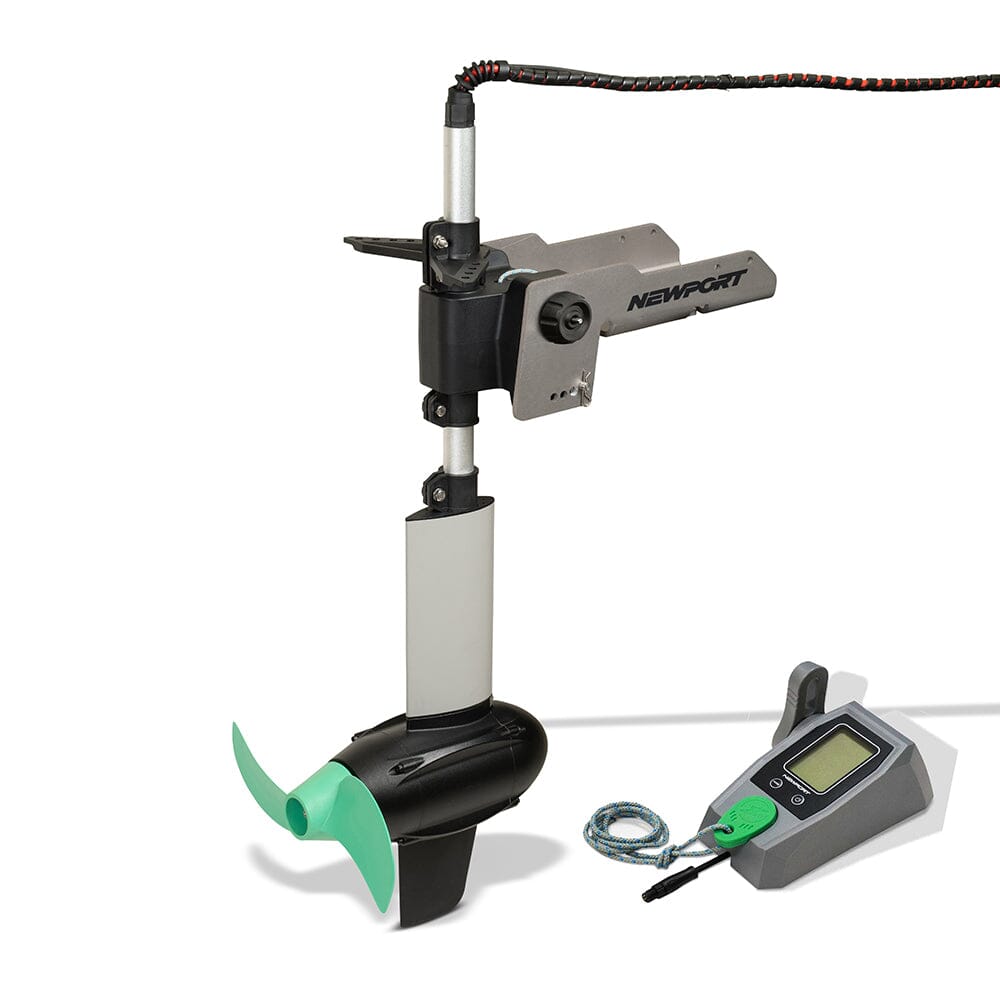
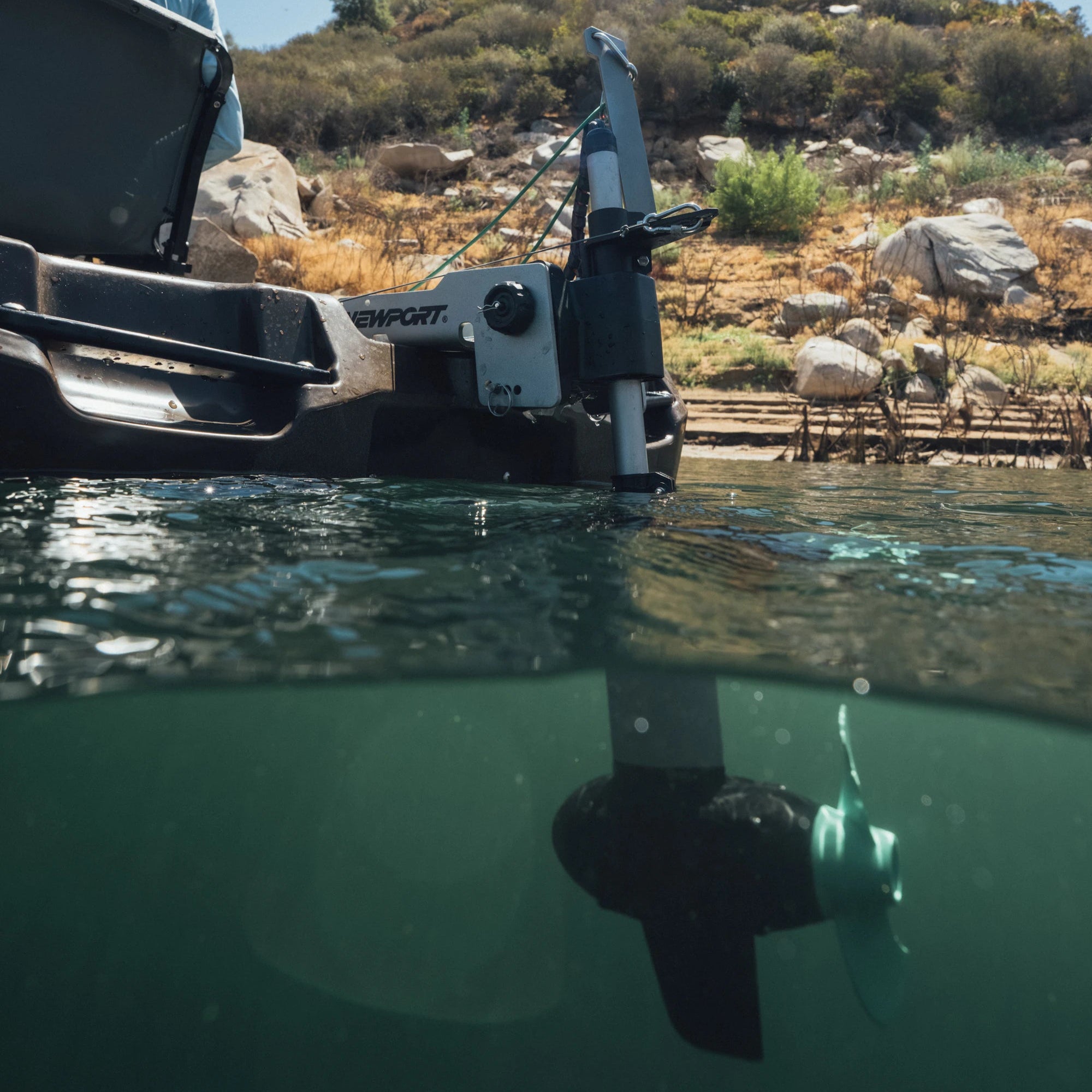





Leave a comment